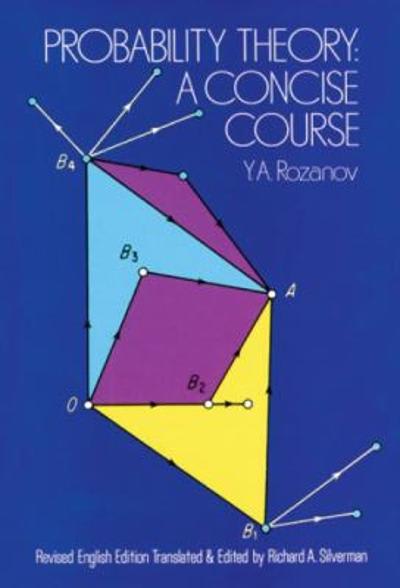Question
Explain why the following generalized distribution law applies: (A B) (A C) (A D) = A (B C D) Your argument must use the method
Explain why the following generalized distribution law applies: (A B) (A C) (A D) = A (B C D) Your argument must use the method of taking an arbitrary element from the set described in the left term and explain why this element must also belong to the set described in the upper term, and vice versa. For trade unions, this means that a case breakdown must be made. This is how your explanation might begin: "There are three cases for an element in the left set: it belongs to AB, AC, or AD. We begin by examining what happens if it belongs to AB. It then belongs to both A and B. If we replenish the set of B by forming union with C and D, the element is in this union, because it is in one of the constituent quantities. And since it is also in A, it is in the intersection between A and the Union. If the element were instead in AC, we can make the same reasoning, and the same if it is in AD. In all cases, the element is also in A(B C D)." Then carry out the reasoning in other directions as well (that an element belonging to the right set must also belong to the left set).
Step by Step Solution
There are 3 Steps involved in it
Step: 1

Get Instant Access to Expert-Tailored Solutions
See step-by-step solutions with expert insights and AI powered tools for academic success
Step: 2

Step: 3

Ace Your Homework with AI
Get the answers you need in no time with our AI-driven, step-by-step assistance
Get Started


